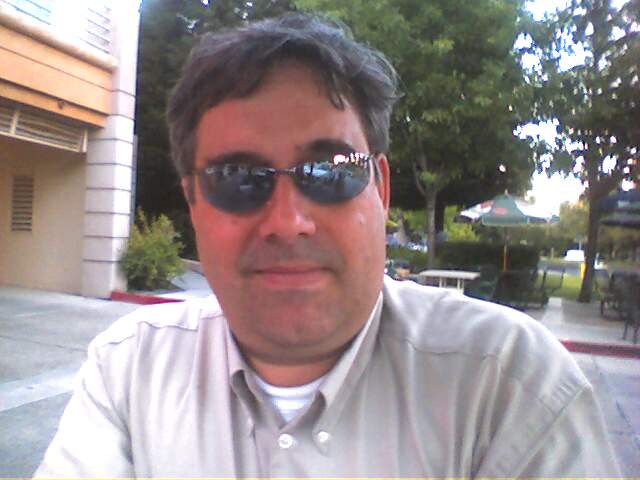 With the rate of change in today's society, even those working their dream jobs right now need to keep an eye on their career.
With the rate of change in today's society, even those working their dream jobs right now need to keep an eye on their career.Without a clear view of your dream job, you may miss the little signs that you are drifting away from your best career path. You might also miss the little opportunities that would make the job you have now more ideal, or the big ones.
You are probably making decisions about your career every day, even if you are not looking for new employment.
- How do you handle the calls from Recruiters?
- Do you continuously look for ways to make the job you have more like the one you want?
- Do you find better ways to operate the (part of the) business you run?
- Are you “selling the value” of your capabilities to the people determining your salary?
- What new knowledge are you acquiring, or teaching, because you know it will be needed soon?
I first read the book when I was in high school. My Dad had gotten a copy during the Post-Apollo Lockheed layoffs. I have always liked the opening chapter that described the typical (pre-internet) job hunt, and its fairly predictable result because it opened the possibility of something different, and I also liked the unique layout, and the ink drawings. At that time the book opened my eyes to the connection between the Value one brings to the employer, and what one can be paid.
Several years ago when I first used the “Parachute” methods to better understand myself, my skills, and discover the characteristics that I look for in my jobs, that opening chapter reminded me of what I was trying to accomplish. I managed to complete the first draft of the map of my ideal job, and then find a great gig at Cadence Design systems that lasted nearly ten years. It also helped me to realize when it was time to jump, and parachute on to my current adventure at Scintera Networks.
When our new Evergreen Branch Library opened up last weekend, I happened to find a copy of the 2006 edition of this book, and figured it was time to do a little review. I guess I shouldn’t have been so surprised to find the first chapter completely rewritten, not only to include the experiences of job hunting on the internet, but to encourage us to "master the job-hunt".
The rewrite (at least with respect to the last copy I can recall) is quite substantial. In chapter two he points out that mastering the job hunt isn’t about finding one way that works this time, but about finding alternatives, so that if the one thing that worked last time doesn’t work this time, you have other things to try.
The new and re-written material is fresh, and still easy to read, and the Homework is easy to do. Homework? You bet. You know the rule about packing for an extended trip? (Gather all the clothes and money you plan to take. Pack half the clothes and twice the money.) There is a similar one for the job hunt, relating to the information you’ll need; half the information about the Job Market, and twice the information about the Job Seeker (that’s you). In chapter 10, Dick reveals that this is the secret to finding your dream job, and then he helps you get down to work, getting the requisite information about you, the job seeker. Once you have clarified that vision, chapters 11, 12 and 13 cover finding the person with the power to hire you, interviewing techniques, and salary negotiation.
While there are almost (maybe more than?) 40 technical societies in the IEEE, career development and planning is a non-technical element applicable to all members – so it is one of the elements covered by PACE programs, the Professional Activities Committee for Engineers. So whether you
- go out next month and buy the 2007 edition of “What Color is Your Parachute?”,
- or download the IEEE-USA “Career Planning Guide” e-book for $4.95 (member price)
- or visit the library and use one of the copies there,
- or even just make a list of things you don’t like about your current job (or didn’t like, or know you wouldn’t like about a job) and then make a list of things you want to see in your job (including things you have in your current job),
If you don’t have it packed already, its time to pack your parachute.
IEEE-SCV-PACE will continue to have activities focused on career development so that you can pack, repack, repair or just inspect your parachute
I think I am lucky having survived 2 layoffs within 8 months of graduation. So now, 3-1/2 years after graduation, with company #4, Im still asking myself; 'where is my dream job?' It was kind of funny how I knew I wanted to leave but delayed it because I was not used to having the choice! The best advice I can offer job-seekers is to stay marketable, and get connected as much as possible with your profession and colleagues.
You may also want to check out another book by a local professional - an expert on soft skills. "Stuff You Don't Learn in Engineering School: Skills for Success in the Real World" by Carl Selinger
ISBN: 0-471-65576-7
Regards, MBN
<< Home







